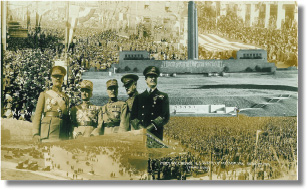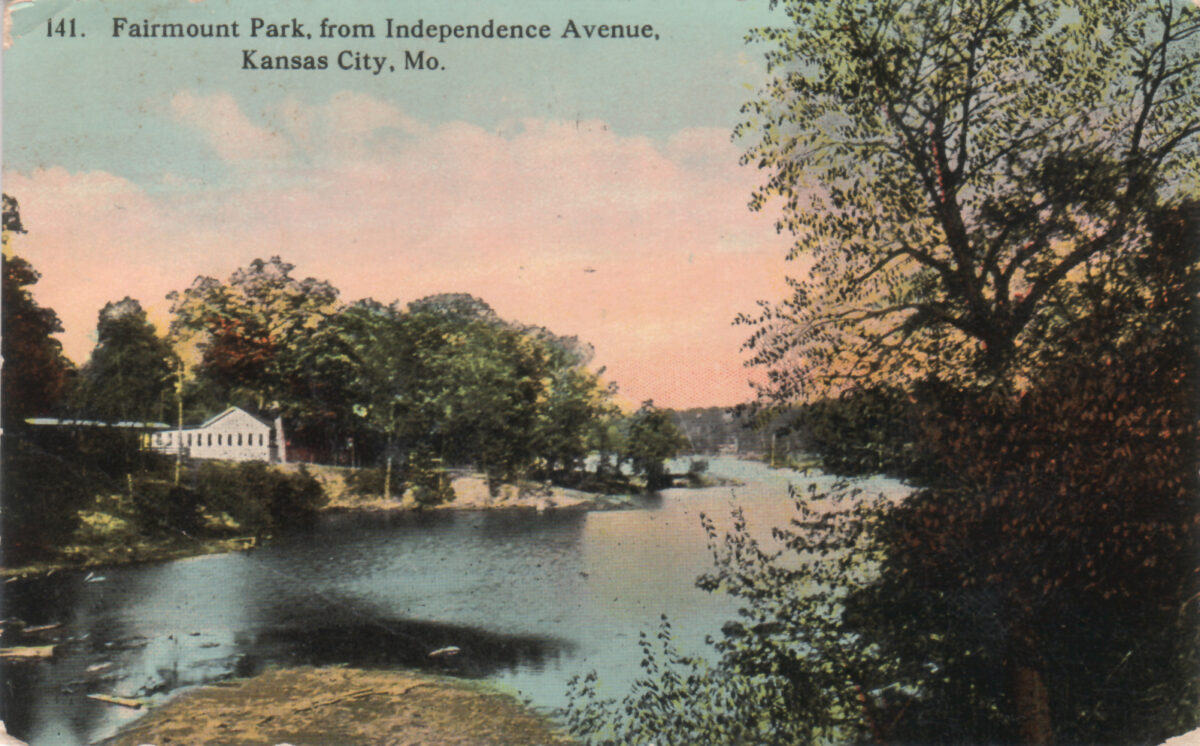
Never before or since has such a line of martial marchers moved down Kansas City’s streets as did the American Legion parade at the time of their national convention here in late October and early November 1921.
Sixty thousand veterans, splendidly uniformed officers and men, with tanks and equipment from World War I, moved through the downtown streets to the brisk music of 85 bands and drum and bugle corps, passing the reviewing stand at 18th Street and Grand Avenue before five of the world’s greatest military and naval leaders.
Present (from left to right) were Baron Jacques, commander-in-chief of the Belgian Army; Gen. Armando Diaz, commander-in-chief of the Italian Army; Marshal Foch, commander-in-chief of the Allied forces; our own Gen. John J. Pershing and Admiral Earl Beatty, commanding the British Navy.
Also on the stand were governors, Congressional Medal of Honor recipients, disabled veterans, Vice President Calvin Coolidge, Admiral W.S. Sims, Secretary of War John W. Weeks, Secretary of the Navy Edwin Denby, Rear Admiral Robert E. Coontz, Maj. Gen. J.A. LeJeune of the Marine Corps; Commander of the American Legion John G. Emory, and city and legion officials.
The public schools of greater Kansas City were dismissed for the convention days, and pupils with their teachers rode the street cars to designated reserved curbside spots along the line of march.
Kansas City hotels were packed, while private homes opened their doors to the distinguished guests: Admiral Beatty was entertained at the R.A. Long home, Baron Jacques was the guest of Mr. and Mrs. J.W. Perry, General Diaz was the guest of Mr. and Mrs. Jacob L. Loose, Calvin Coolidge stayed at the Walter S. Dickey home, and General Pershing and Marshal Foch and their staffs were guests of Mr. and Mrs. Irwin Kirkwood.
Ground for the proposed Liberty Memorial, across from the Union Station on Pershing Road, was dedicated during the convention.

















